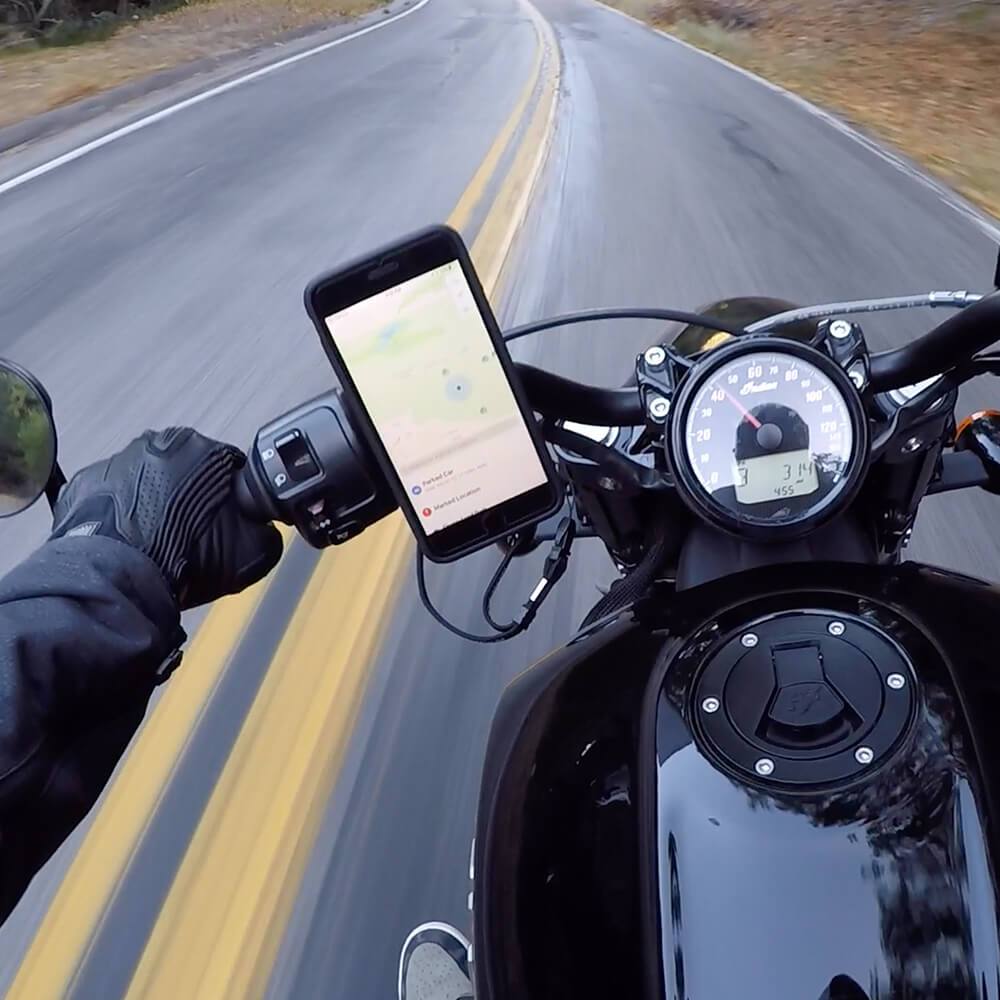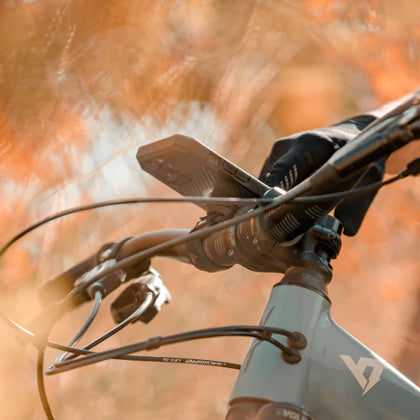By now, you’ve probably seen the astounding quality of photography that the new iPhone 12 Pro is capable of producing. From evenly balanced low-light shots to panoramas with stunning depth of resolution, this is certainly the closest an iPhone has come to producing the level of shot that a dedicated DSLR can capture.
While technologies like Deep Fusion and Smart HDR lift much of your post-production burden by auto-balancing light and metering scenes with precision, there are still plenty of ways you can inject your own creativity for truly unique shots that captivate viewers. Here are some quick photography tips for getting the most out of the iPhone 12 Pro Camera.
Scan the Scene in Low Lighting
When taking photos in low light scenes, the night mode setting will automatically pop up when the camera senses low light. To ensure maximum detail, Deep Fusion technology blends the scene for higher-level detail and texture, especially in low-light.
To be certain you’re getting the most from the camera’s capabilities, before you hit the shutter button, scan the scene a little bit in a circular motion to give the camera a more full read of the environment. The new Lidar scanner sends arrays of laser beams out into the area to aid in low-level light scenes, so providing it the most information possible ensures the highest-quality shot. You’ll see on the screen that the light level adjusts as you scan around, arriving at a final level that has more depth and worthiness of pressing the shutter button.
For Long Exposures in Low Lighting, Use a Tripod
The iPhone 12 Pro comes with some cutting-edge stabilization technology. Images are held steady by shifting the sensor, not the lens elements. Apple claims this allows you to take handheld shots with an impressive 2-second exposure time. Still, if you’re going for long-exposure shots of subjects like stars and fireworks, you’ll need far more time, sometimes up to 30 seconds.
For these longer-exposure shots, using a tripod makes a massive difference. While the newest tech does a surprisingly good job in low light, capturing the detail of the milky way is still unachievable by hand-holding the phone.
Of course, one downside of tripod use is the possibility of it getting knocked over, potentially damaging your phone. To keep it safe, be sure to always keep your iPhone 12 Pro in an impact-protection case when mounting it in a tripod.
Smart HDR Hacks
The third-generation of HDR technology better captures details like silhouetted faces, using machine learning technology for processing decisions like where to boost brightness in the shot. This new Smart HDR, as Apple calls it, combines several low-exposure frames into one shot to capture shadow details without blown-out highlights that are filled with noise and lack sharpness.
To be sure you’re fully using this feature, frame your shot and then tap on the screen at the exact point you want the camera to focus (the subject). Now look for the HDR tag at the top of the screen. If it doesn’t appear, tap and drag your finger up and down to increase or decrease the exposure level until the HDR tag appears. This will ensure the camera balances the light to maximize the clarity and detail of the subject above all else in the frame, resulting in a more engaging photo.
When you’ve got the lighting just right but need to wait for the perfect moment to snap the pic, tap and hold on the subject to lock the focus and exposure settings so they don’t change before you press the shutter button.
ProRaw
If you want every last pixel of light to manipulate in post-production, shooting in raw mode is known as the gold standard mode for pros. And now (with some third-party apps), you can shoot in raw mode on the iPhone 12 Pro. Even better, the new computational photography technique Apple calls ProRaw allows the phone to capture the maximum raw detail in the shot while still doing some work to level light and color out for higher resolution.
Some good apps for accessing full-feature raw mode include Halide and Snapseed. Again, don’t shy away from using a tripod! Providing the most stability for your shot ensures there’s zero blur in all that detail you’re working so hard to catch.
Ultra Wide Angle
With the new ultra wide angle abilities of the iPhone 12 Pro, it’s sometimes tempting to use it to fit more elements into the frame of the shot all the time. The problem is this can reduce the focus on the subject in the image, producing an uninteresting shot with no “point” to it.
A better tactic is to get closer to your subject, making it the focal point and then zooming out using the wide angle feature to capture leading lines and details for context and interest. This creates a much more engaging photograph, rather than one full of sameness and confusion about what it is the viewer is supposed to be looking at.
Portrait Mode
The iPhone 12 Pro’s portrait mode simulates a “bokeh” effect – the blurred background effect high-end cameras produce. To maximize the quality of this effect, start out up-close to your subject and slowly move away. The camera will begin to blur the background around the subject as you move further away. Once the level of blur is sufficient, move the camera around a bit while looking around the edges of the subject to be sure there aren’t any unblurred gaps between the subject and the background. This will help prevent an over-produced, “faked” look caused by big areas being unblurred around the subject.
Accessories for iPhone 12 Pro Photography
Taking your phone out frequently for catching great shots, while convenient, isn’t risk-free. The phone can be dropped when pulling it out or knocked over when mounted on a tripod. So, keeping the phone inside an impact-protection case is absolutely critical for those using their new phone cameras often.
One of the best features for photography when it comes to our cases is the magnetic backing that allows you to mount the phone on metal surfaces for timed shots. This ability provides lots of unique opportunities to snag selfies and timed shots from unexpected angles and perspectives.
Also, don’t forget to take some lens wipes when you’re heading out for a photoshoot! Accidentally touching the lenses is easy with phone cameras, especially when there are three of them, as on the iPhone 12 Pro. Once skin oils get on the lens, it’s hard to get it off without causing smears or scratches. It’s also common for pocket lint to gather on the lens, causing blurriness and big ugly spots in your photos. Lens wipes rid the glass of oils and dust, delicately wiping the surface clean without scratching it. They’re a cheap and easily portable tool for ensuring the highest-quality shot.
We hope these quick tips help you level-up your phone camera game! The new iPhone 12 Pro definitely comes closer to dedicated DSLR camera quality than any phone has before, and with the right techniques, people will never realize you aren’t using a full-frame to capture such high-quality photography. It can be our little secret!








